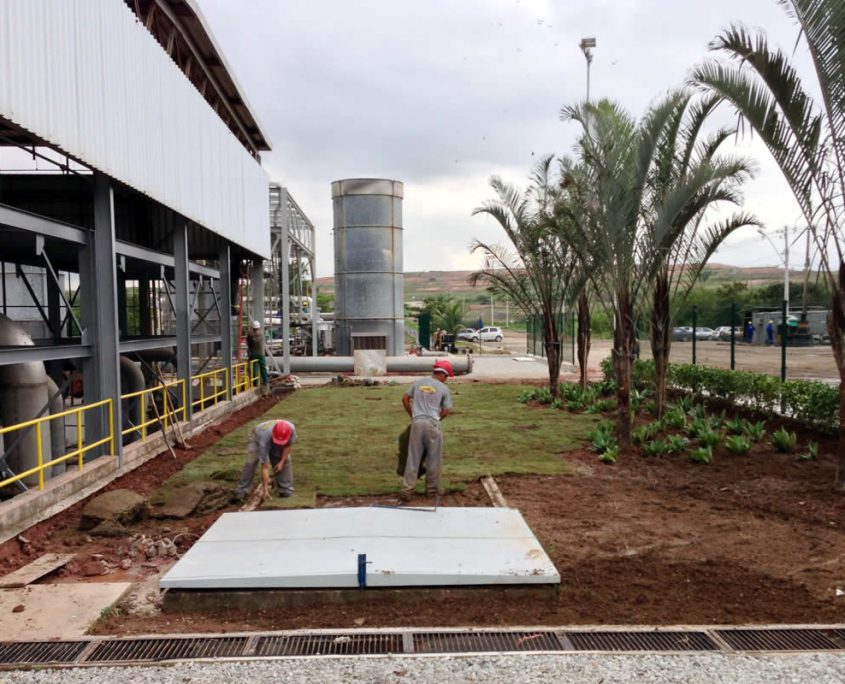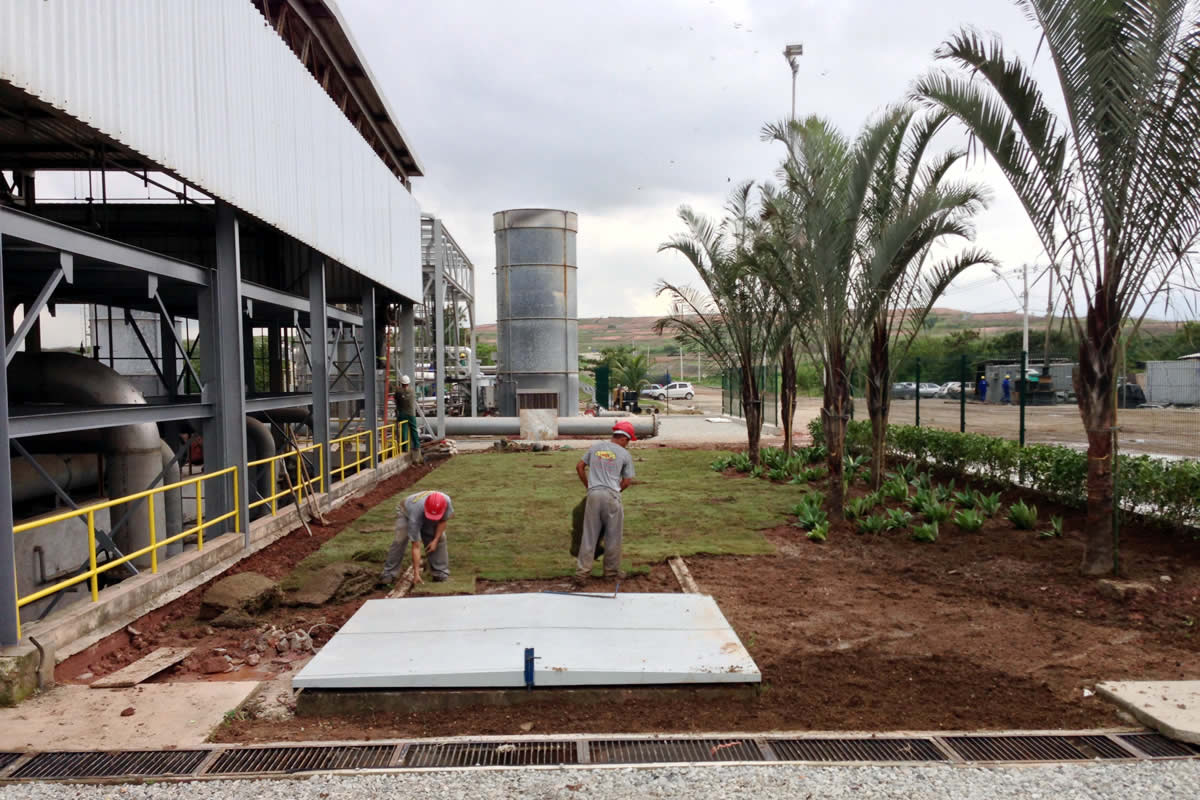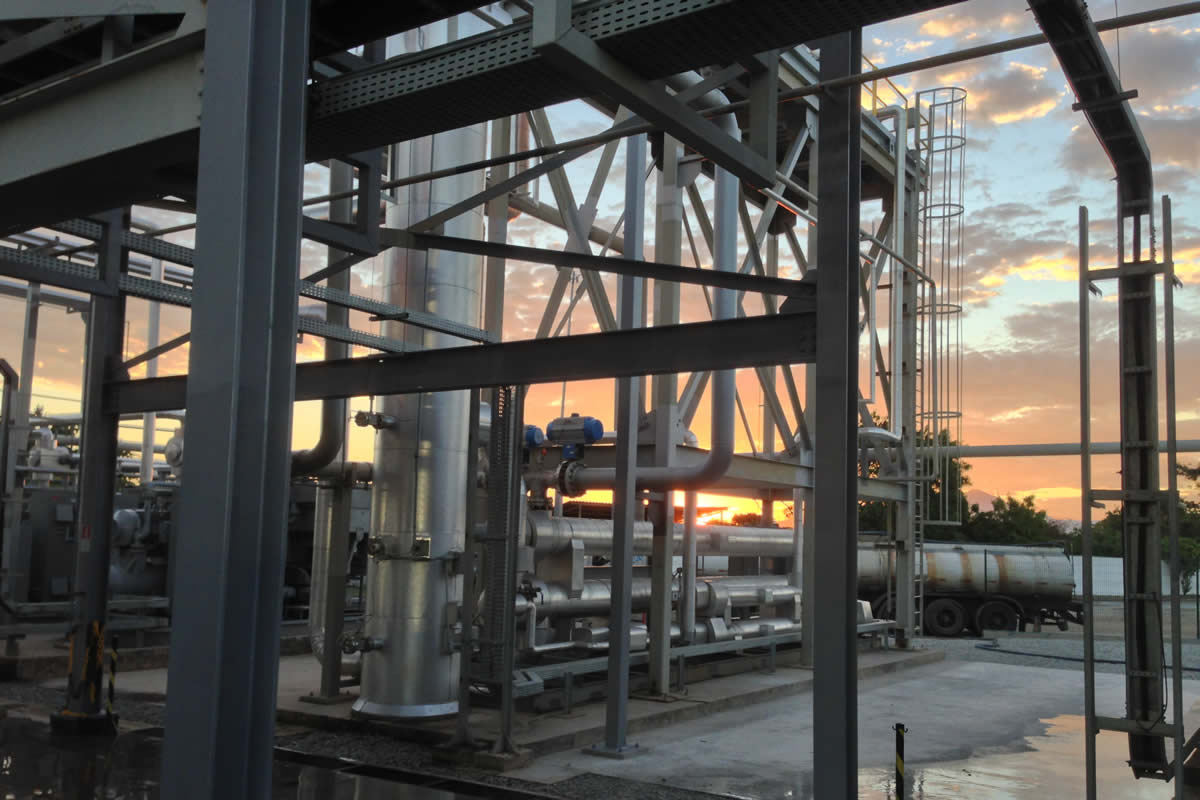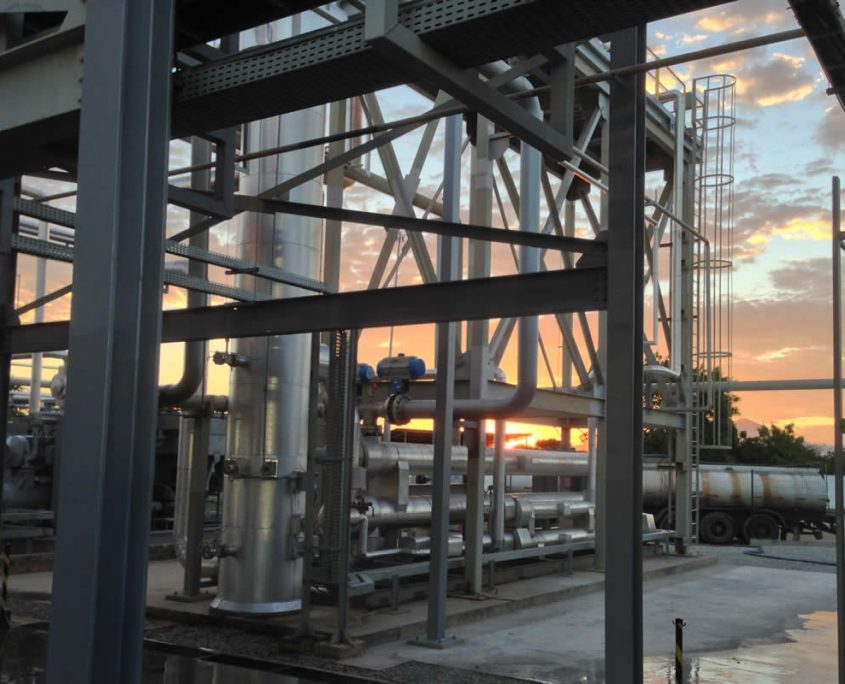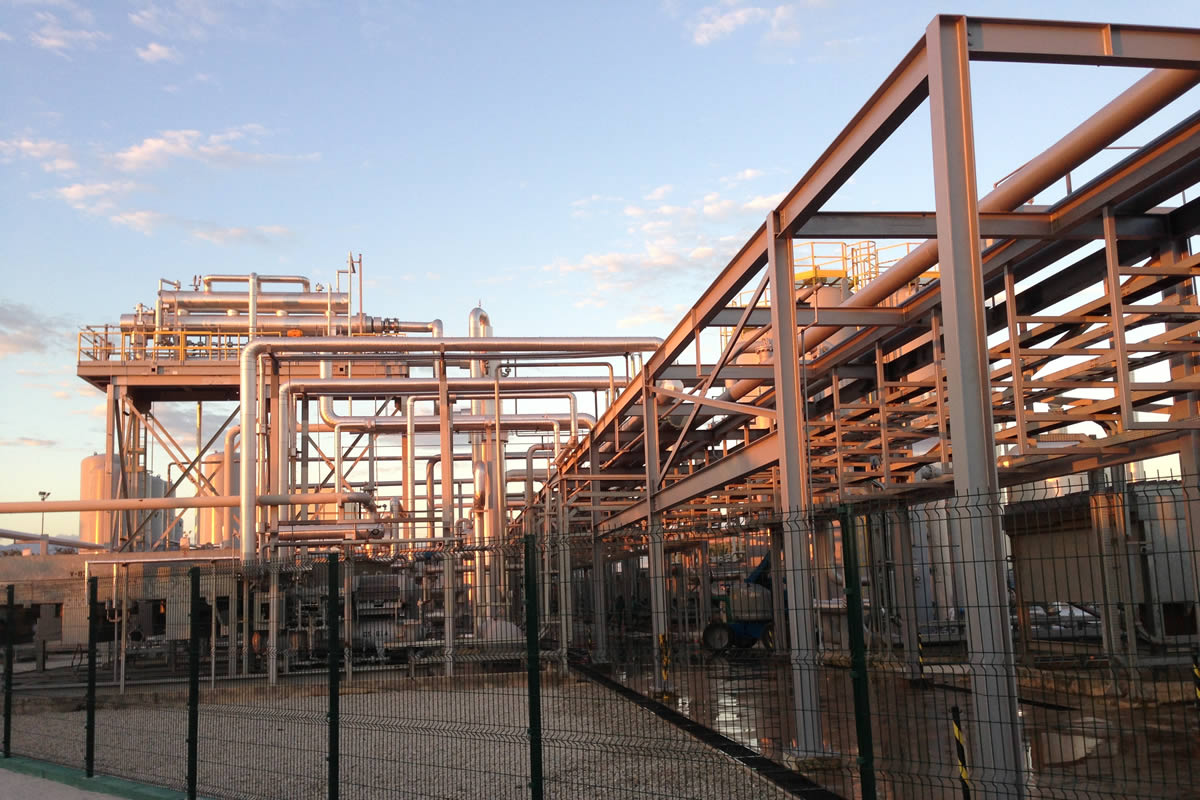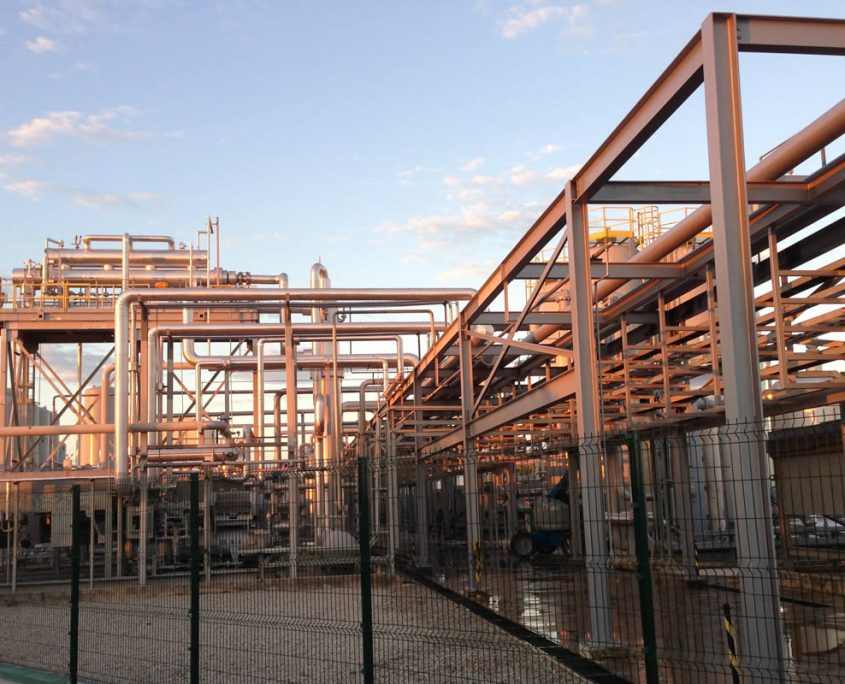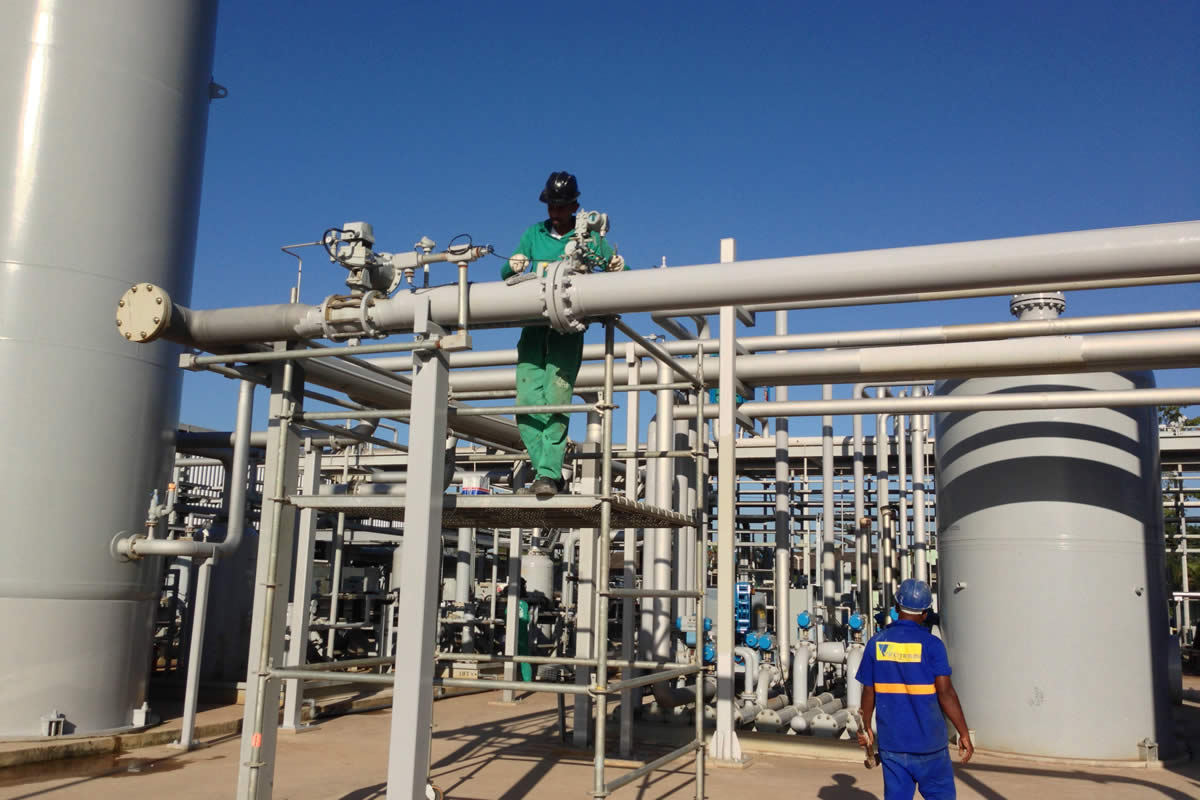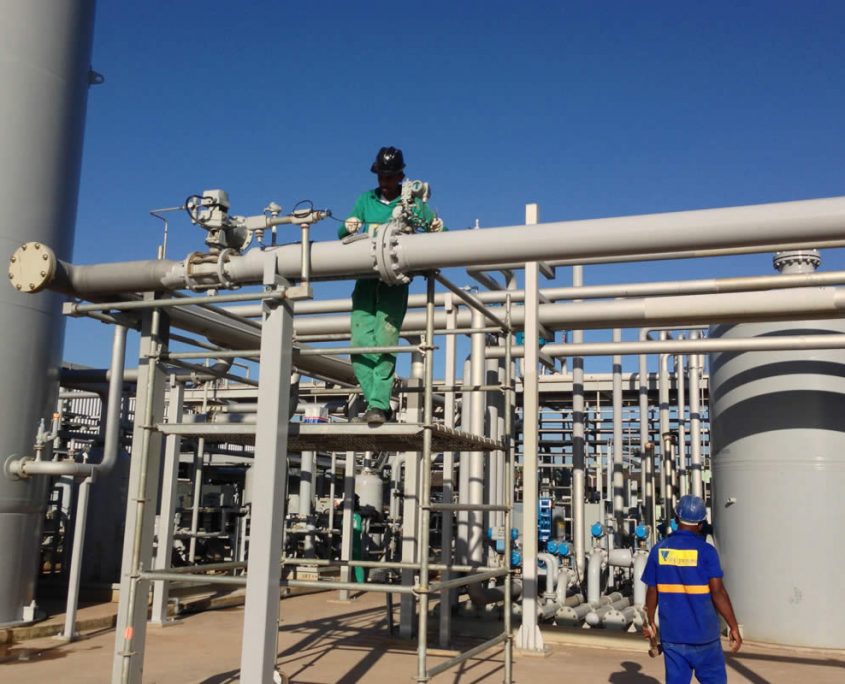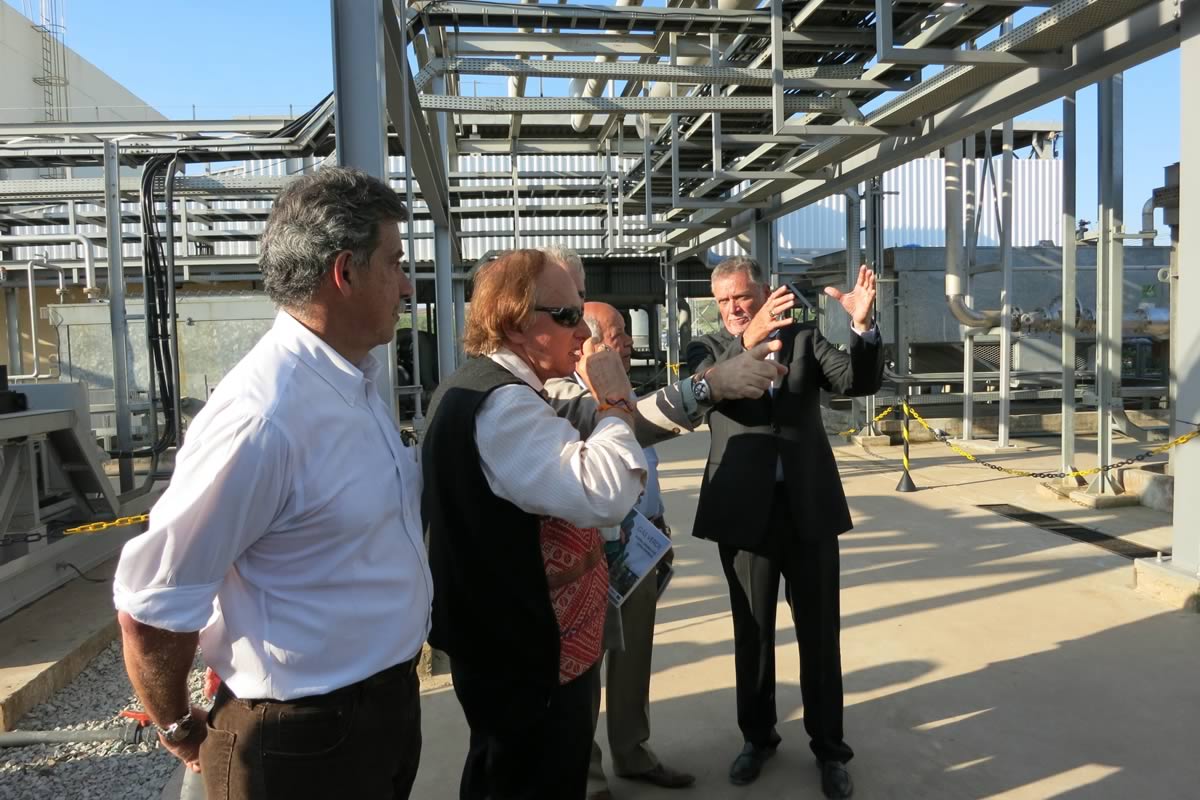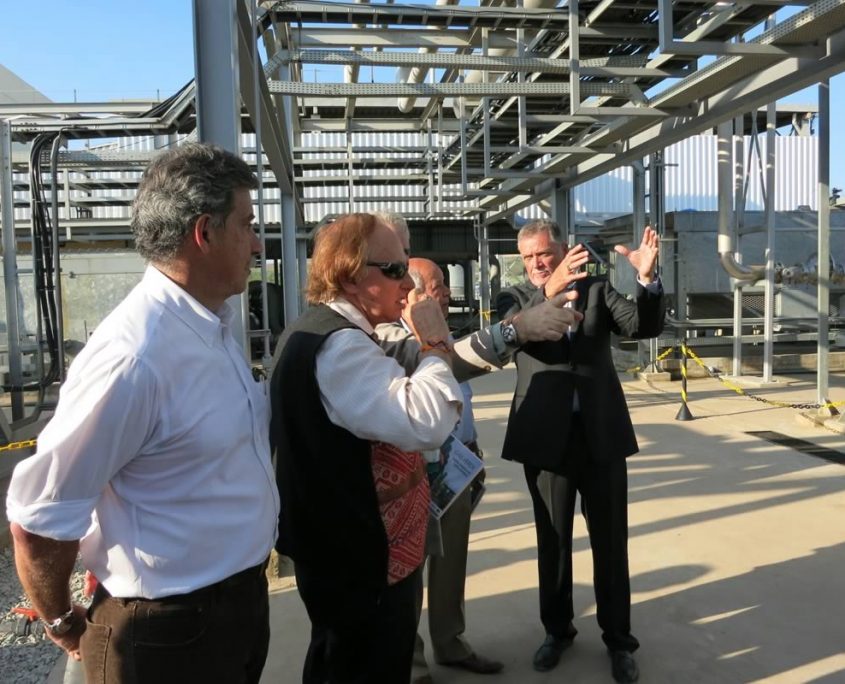FirmGreen Recognized for Leadership in Brazil Waste-to-Energy Reverse Trade Mission
FirmGreen Inc. (FirmGreen), a small renewable-energy company based in Orange County, Calif., is featured in the recently published 2013 Annual Report of United States Trade and Development Agency (USTDA). USTDA recognized FirmGreen for its expertise to lead development of successful waste-to-energy projects.
Last June, FirmGreen hosted a Brazilian trade delegation at its Newport Beach headquarters as part of an USTDA Waste-to-Energy and Landfill Gas-to-Energy Reverse Trade Mission:
“Following a meeting with FirmGreen Inc., a small renewable energy company, the Agency recognized the value the firm would bring to an upcoming Brazil waste-to-energy reverse trade mission and quickly arranged for the Brazilian delegation to visit the company’s facilities in Orange County, CA. Drawing from its experience designing, integrating and financing the world’s largest biogas-to-energy facility at the Jardim Gramacho landfill near Rio de Janeiro, FirmGreen was able to share its lessons learned with the delegates and to discuss new renewable energy projects in Brazil. Since the visit, FirmGreen has helped ensure the successful commissioning of the facility in Brazil, even providing site tours to some of the Brazilian delegates.”
“FirmGreen is honored to be recognized by USTDA as a leader in the renewable energy sector,” said FirmGreen CEO Steve Wilburn
FirmGreen supplies proprietary ‘green’ technology that enables economical processing of biogas to produce clean alternative fuels such as biomethane. Its patented VerdeControls™ plant control software and proprietary VerdeWatts™ system maximizes the efficiency of renewable energy facilities. The company also provides turnkey project development with planning and permitting, construction supervision, plant start-up and commissioning, and operational support services.
“FirmGreen is very pleased to be recognized by the U.S. Trade and Development Agency,” said FirmGreen CEO Steve Wilburn. “As we expand our operations from the domestic market to a global market with the export of equipment and services, deepening our international business and trade relationships has never been more important. We look forward to exploring the opportunities for developing clean, renewable energy projects around the world.”
About FirmGreen:
FirmGreen Inc. is a privately held, integrated energy company that participates in virtually all aspects of the global green-energy business. FirmGreen identifies, develops and commercializes new and emerging technologies and alternative fuels. The company has 37 employees at its headquarters in Newport Beach, Calif., its lab and manufacturing plant in Kokomo, Ind., and its green-energy project-financing operations in New York City. The company also has U.S.-based employees in Brazil. For more information on this privately held, entrepreneurial organization, please visit www.firmgreen.com, Facebook and Twitter.
For interviews requests with FirmGreen’s CEO Steve Wilburn, please contact Corporate Office Manager, Margaret von Tiesenhausen, at 949.270.2941,
About USTDA:
USTDA helps companies create U.S. jobs through the export of U.S. goods and services for priority development projects in emerging economies. The agency links U.S. businesses to export opportunities by funding project planning activities, pilot projects, and reverse trade missions while creating sustainable infrastructure and economic growth in partner countries. To view the USTDA annual report, please visit www.ustda.gov/pubs/annualreport/2013.


 FirmGreen, Inc. is proud to present the 4th annual Southern California PGA (SCPGA) Patriot Pro-Am Tournament to be played on May 4, 2015, at Toscana Country Club in Indian Wells.
FirmGreen, Inc. is proud to present the 4th annual Southern California PGA (SCPGA) Patriot Pro-Am Tournament to be played on May 4, 2015, at Toscana Country Club in Indian Wells. 